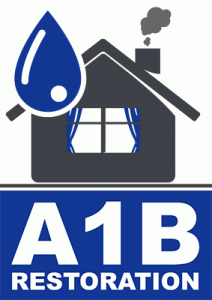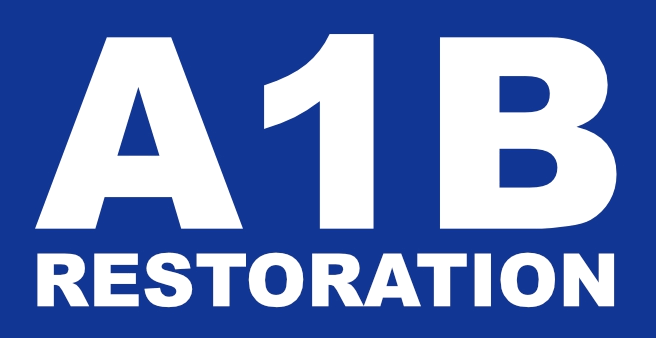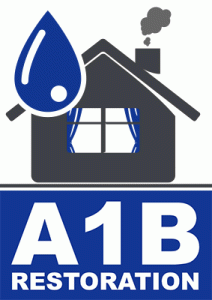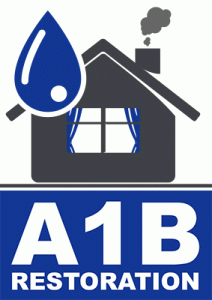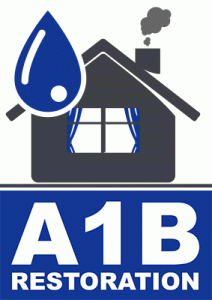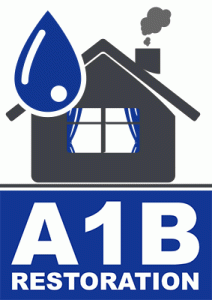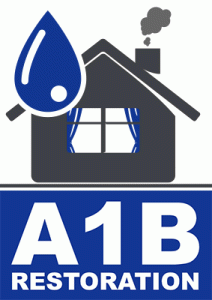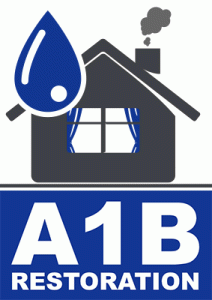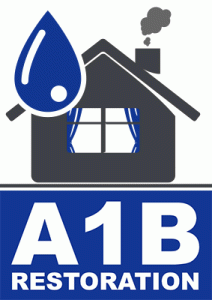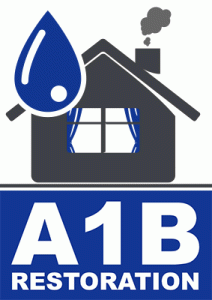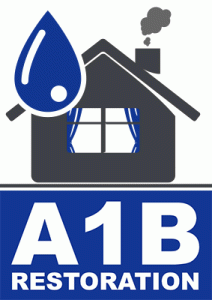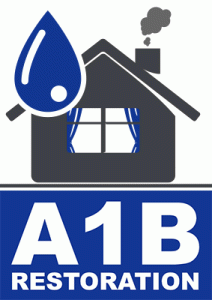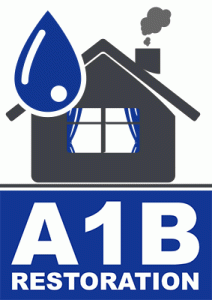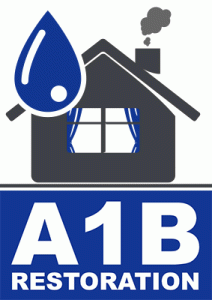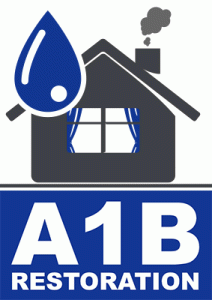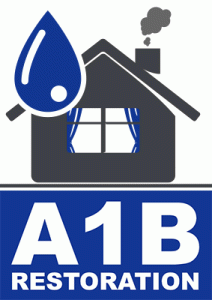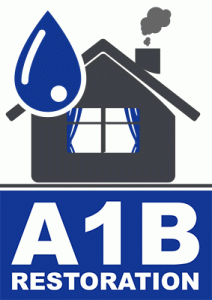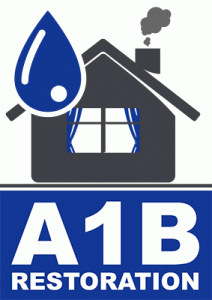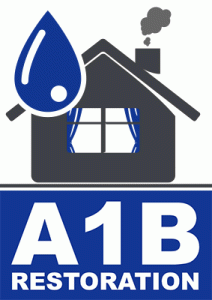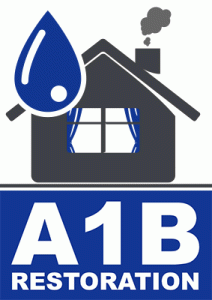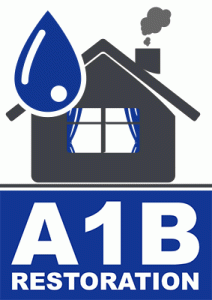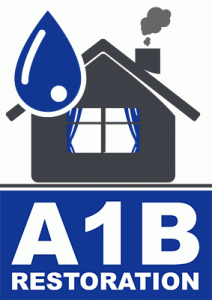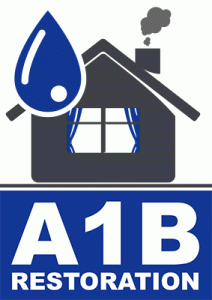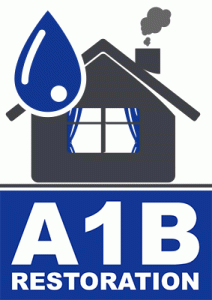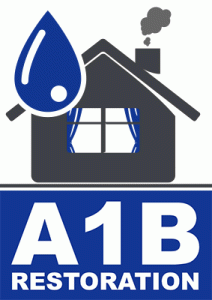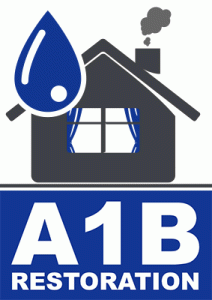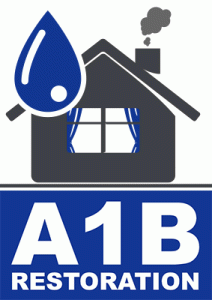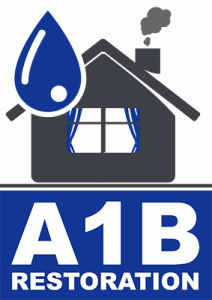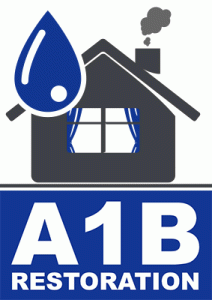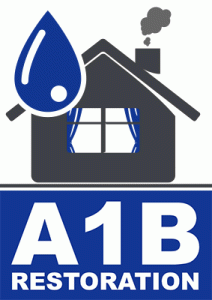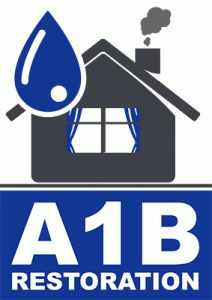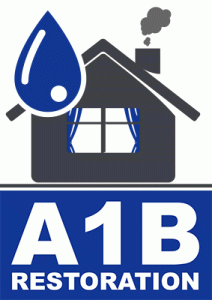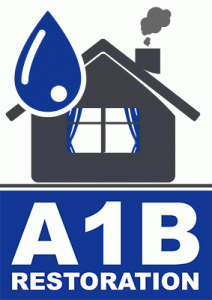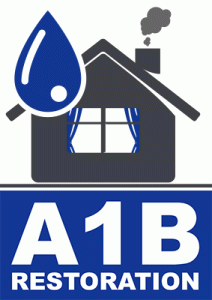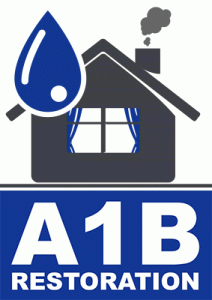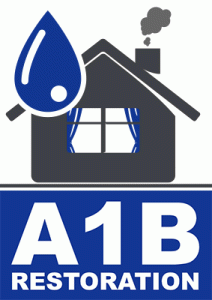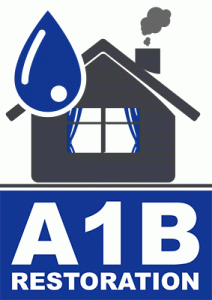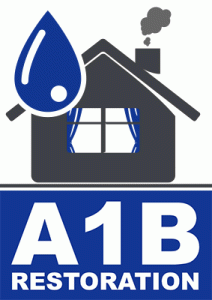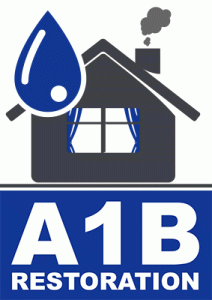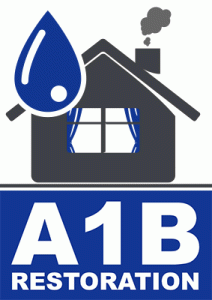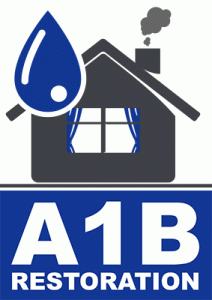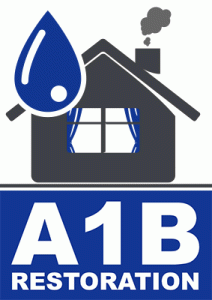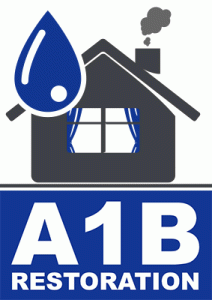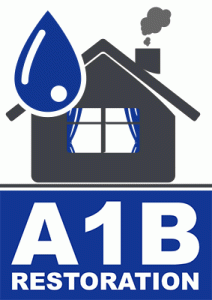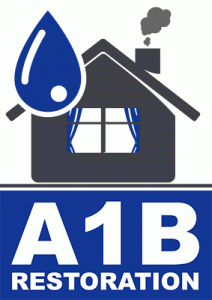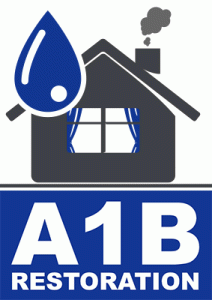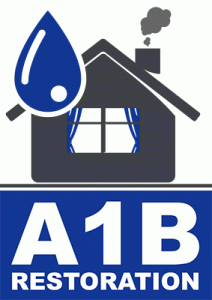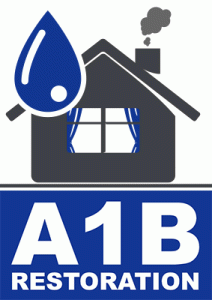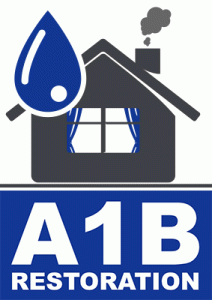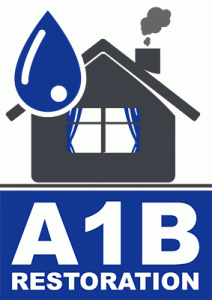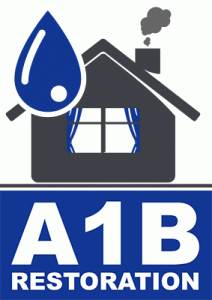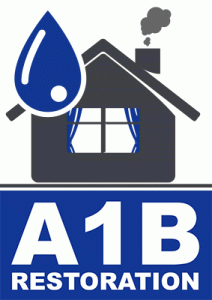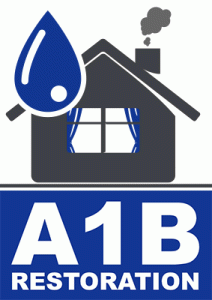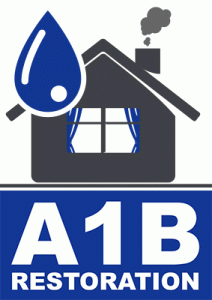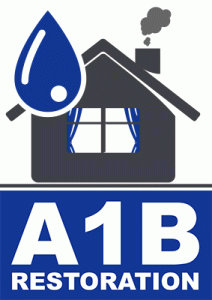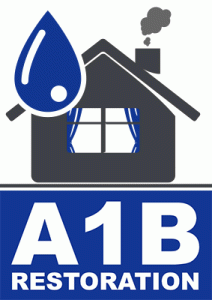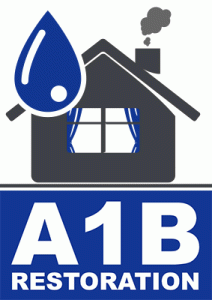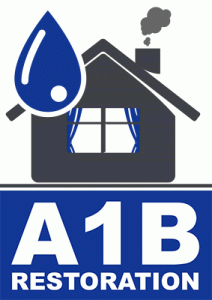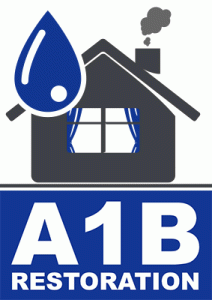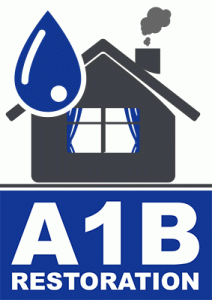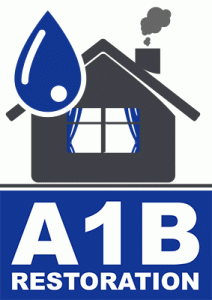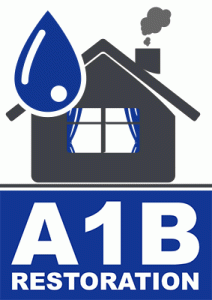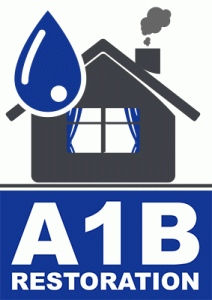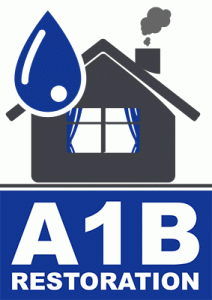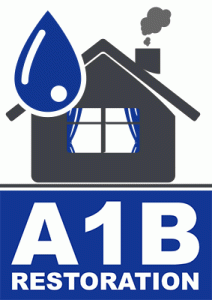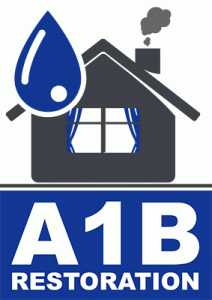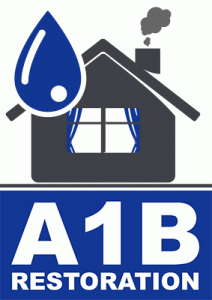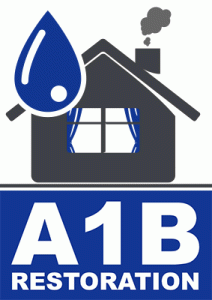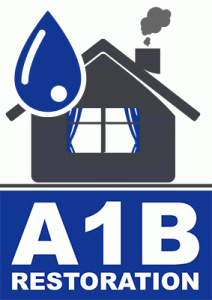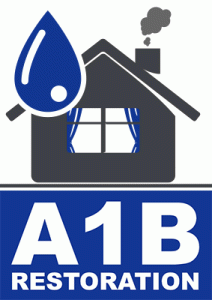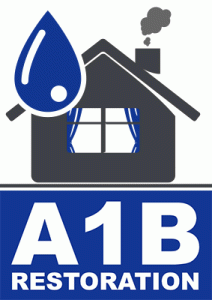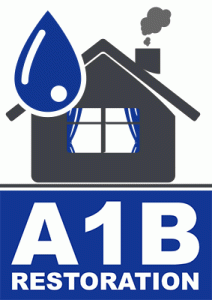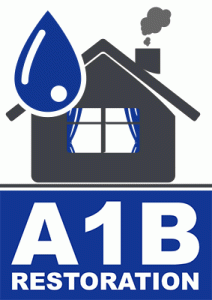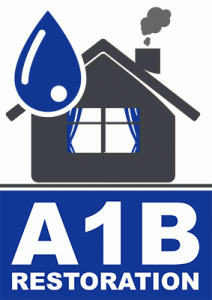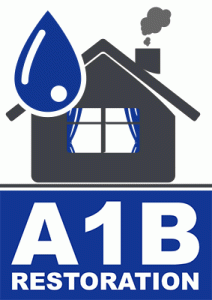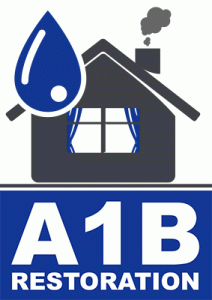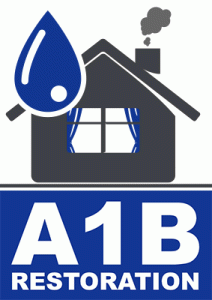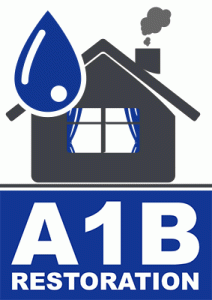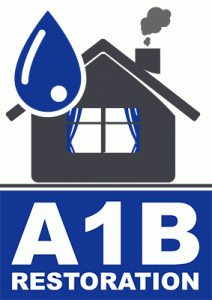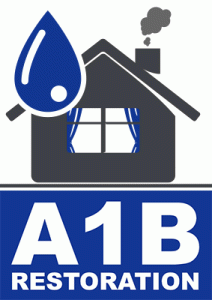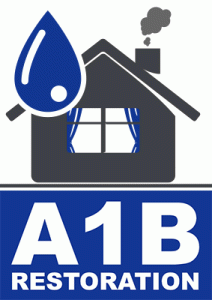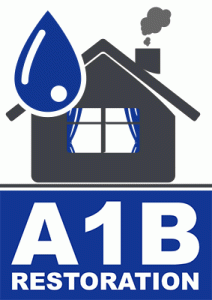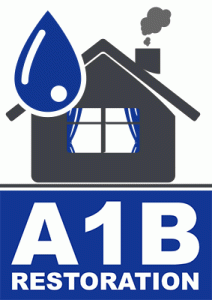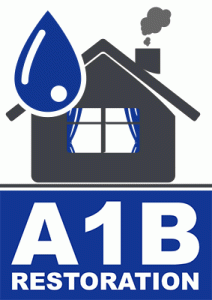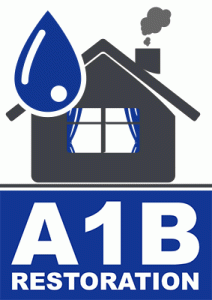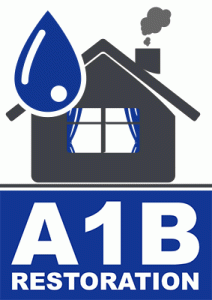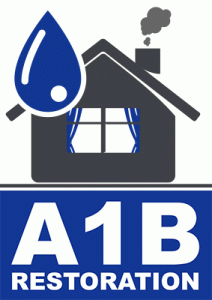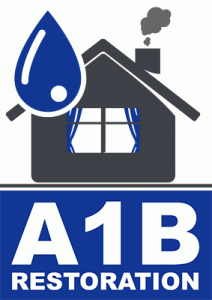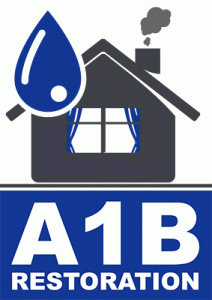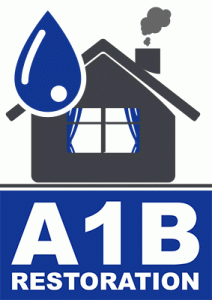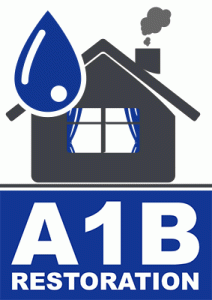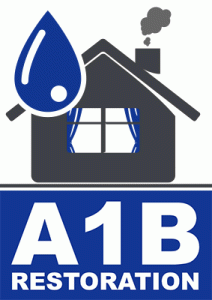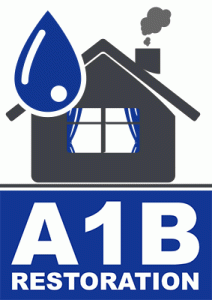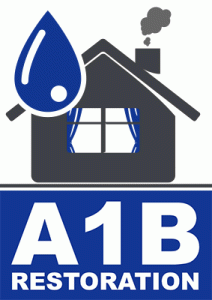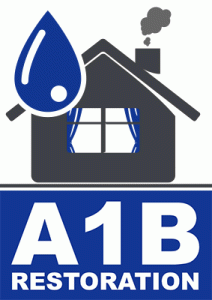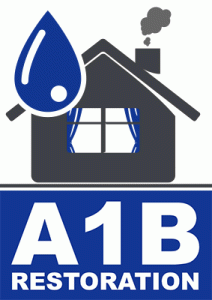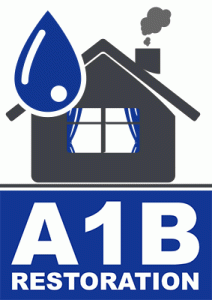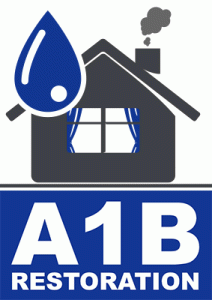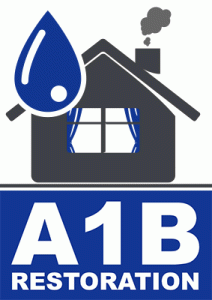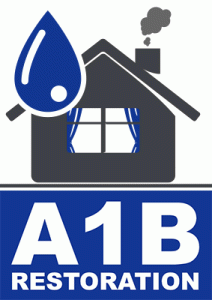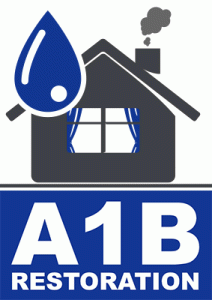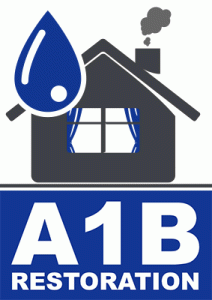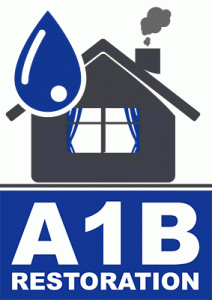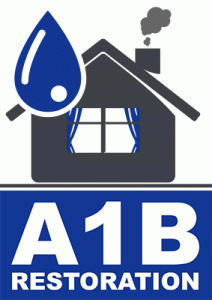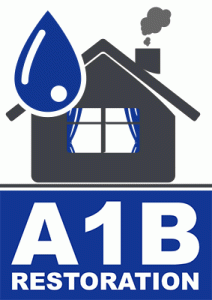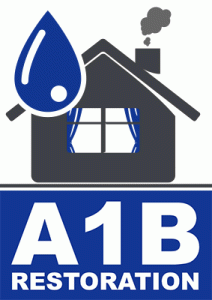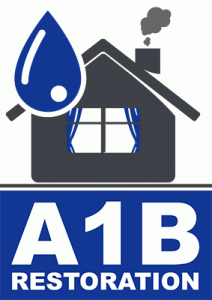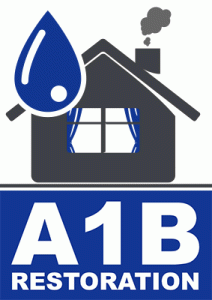Water Damage Restoration: Industry Standards and Best Practices
Water damage is a common and often devastating problem faced by homeowners and businesses alike. From burst pipes to natural disasters like floods and hurricanes, the aftermath can lead to significant structural damage and health risks. In this blog post, we will explore the industry standards and best practices for water damage restoration, ensuring you are well-informed whether you’re dealing with a minor leak or a major flood.
Understanding Water Damage: Types and Causes
Before diving into restoration practices, it’s essential to understand the types and causes of water damage. Water damage is typically categorized into three types:
- Clean Water Damage: Caused by water from clean sources like broken pipes or supply lines.
- Grey Water Damage: Results from water with some contamination, such as from dishwashers or washing machines.
- Black Water Damage: Involves highly contaminated water from sources like sewage backups or floods.
Understanding the type of water damage is crucial for determining the appropriate restoration strategy.
Industry Standards for Water Damage Restoration
The water damage restoration industry follows specific standards to ensure effective and safe restoration. One of the key standards is the ANSI/IICRC S500, a procedural standard for water damage restoration. This standard provides a comprehensive guide to the processes and techniques used in the industry.
Inspection and Assessment
The first step in any restoration project is a thorough inspection and assessment. Professionals use advanced tools such as moisture meters and infrared cameras to identify the extent of the damage. This step is critical for developing a targeted restoration plan.
Water Removal and Extraction
Once the assessment is complete, the next step is water removal and extraction. High-powered pumps and vacuums are used to remove standing water quickly, preventing further damage and reducing the risk of mold growth.
Drying and Dehumidification
After water removal, drying and dehumidification are essential to eliminate moisture. Industrial-grade dehumidifiers and air movers are employed to accelerate the drying process, ensuring all affected areas are thoroughly dried.
Cleaning and Sanitizing
Cleaning and sanitizing are crucial, especially in cases of grey or black water damage. Professionals use specialized cleaning agents and antimicrobial treatments to disinfect and deodorize the affected areas, ensuring a safe environment.
Restoration and Repair
The final step is restoring the property to its pre-damage condition. This may involve minor repairs like drywall replacement or major reconstructions, depending on the extent of the damage.
Best Practices in Water Damage Restoration
In addition to following industry standards, there are several best practices that enhance the effectiveness of water damage restoration:
Immediate Response
Time is of the essence in water damage restoration. An immediate response can significantly reduce the extent of damage and associated costs. Most restoration companies offer 24/7 emergency services to address critical situations promptly.
Use of Advanced Technology
Employing advanced technology such as moisture detection tools, thermal imaging, and high-efficiency equipment ensures a thorough restoration process. These technologies allow for precise damage assessment and effective moisture removal.
Continuous Monitoring
Continuous monitoring of the drying process is vital to ensure all moisture is eliminated. Restoration professionals routinely check moisture levels and adjust their equipment to enhance drying efficiency.
Comprehensive Documentation
Maintaining detailed documentation of the damage, restoration process, and final outcomes is essential for insurance claims and future reference. This includes photographs, moisture readings, and repair records.
Actionable Tips for Homeowners
While professional restoration is often necessary, homeowners can take several proactive steps to mitigate water damage:
Regular Maintenance
Regular maintenance of plumbing systems, roofs, and gutters can prevent potential water damage. Inspect these areas periodically and address any issues promptly.
Install Water Detection Devices
Consider installing water detection devices in vulnerable areas like basements or near appliances. These devices alert you to leaks, allowing for quick intervention.
Create an Emergency Plan
Develop an emergency plan that includes contact information for local restoration companies, evacuation routes, and instructions for shutting off utilities. Being prepared can significantly reduce panic and damage during an emergency.
Conclusion
Water damage restoration is a complex process that requires adherence to industry standards and best practices. By understanding the types and causes of water damage, following established protocols, and implementing preventive measures, homeowners and businesses can effectively manage and recover from water-related disasters. Remember, professional help is often necessary to ensure thorough and safe restoration.
For more information on water damage restoration and to find a certified professional in your area, consider visiting the IICRC website or contacting local restoration experts.
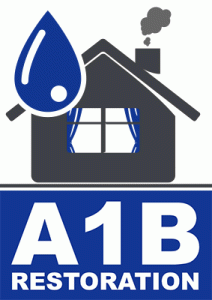
Lake Dallas TX water damage restoration services
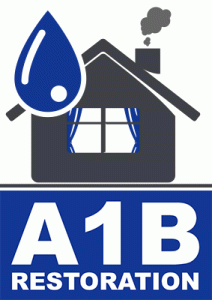
Lakewood Dallas TX water damage restoration company
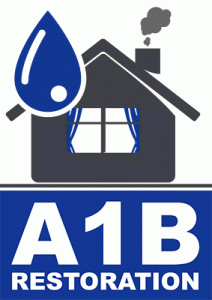
water restoration companies near me Little Elm Texas
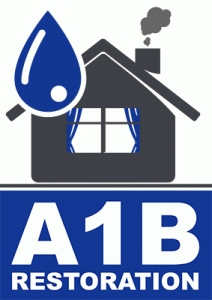
water mitigation company near me Little Elm Texas
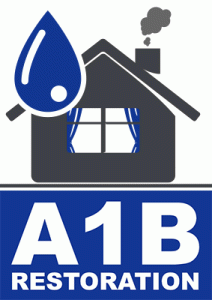
best water damage restoration near me Keller Texas
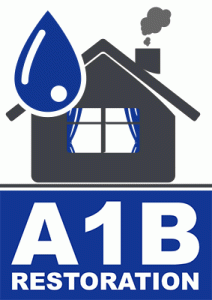
water removal services near me Grand Prairie Texas
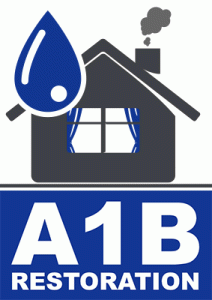
water restoration companies near me Grand Prairie Texas
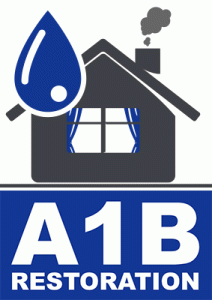
emergency water damage restoration Royse City Texas
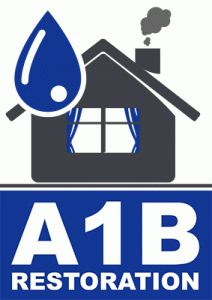
water damage restoration services near me Carrollton Texas
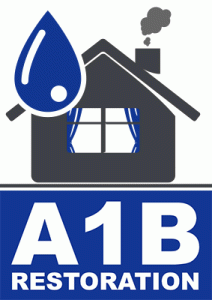
Cedar Hill TX water damage restoration companies
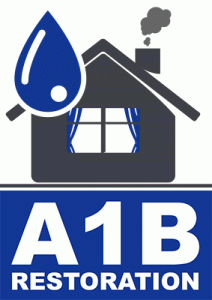
Rockwall Texas restoration water damage companies
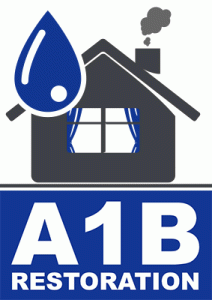
Little Elm Texas restoration water damage companies
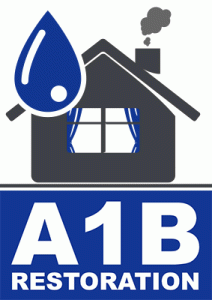
Rockwall Texas water damage restoration service near me
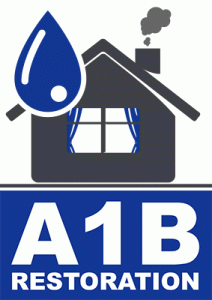
Preston Hollow Dallas Texas restoration water damage companies
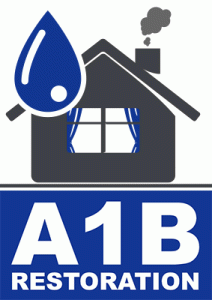
Haltom City Texas water damage restoration service near me
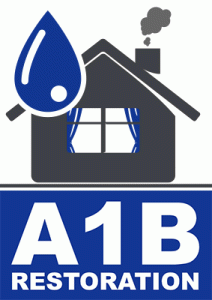
Lewisville Texas water damage restoration service near me
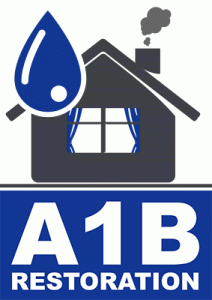
Lake Highlands Dallas Texas disaster restoration companies
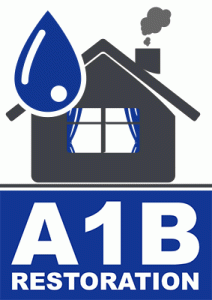
Mesquite Texas water damage restoration service near me
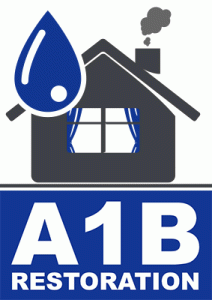
Lakewood Dallas Texas water extraction company near me
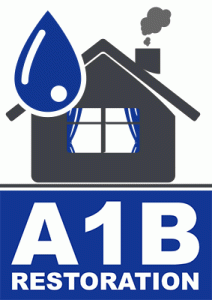
Preston Hollow Dallas Texas water cleanup company
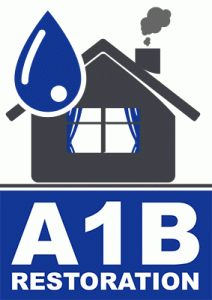
Lavon TX water damage restoration companies near me
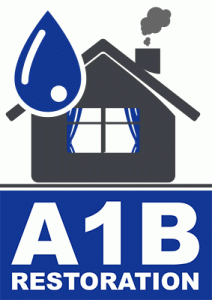
Richardson TX water damage restoration companies
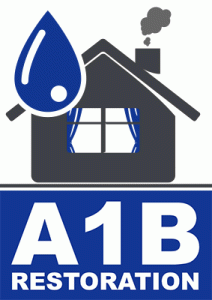
Lewisville TX water damage restoration companies near me
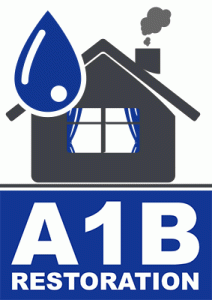
Dallas TX water damage restoration companies near me
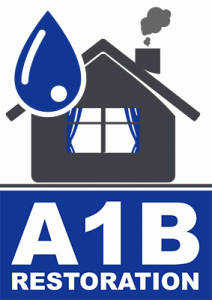
Haltom City TX water damage restoration companies near me
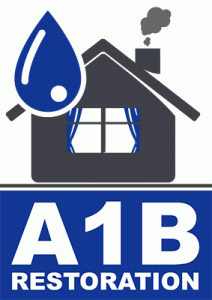
Lewisville TX water damage restoration companies
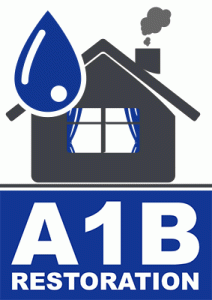
Flower Mound TX restoration water damage experts
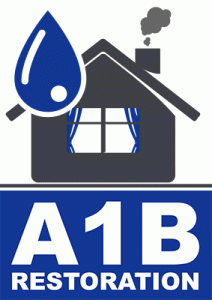
best water damage restoration near me Roanoke Texas
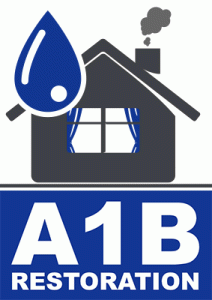
water damage and restoration companies Sachse Texas
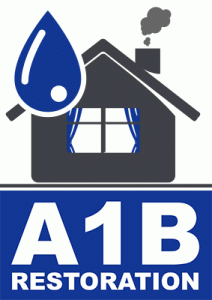
water restoration companies near me Garland Texas
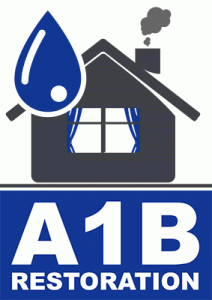
restoration services water damage Lake Highlands Dallas Texas
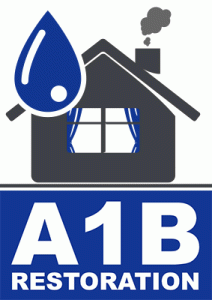
best water damage restoration near me Lucas Texas
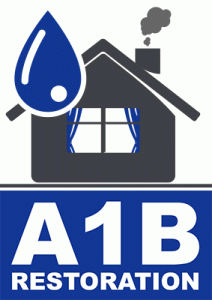
residential water damage restoration Crowley Texas
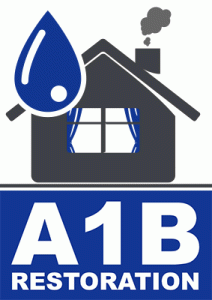
emergency water damage restoration Rockwall Texas
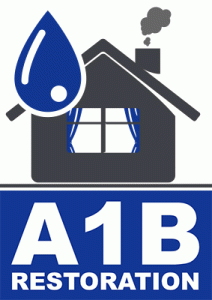
water damage and restoration companies Grapevine Texas
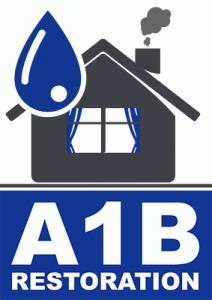
water damage and restoration companies Fate Texas
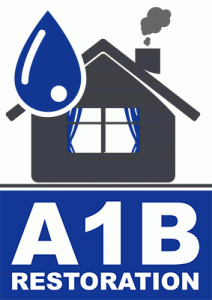
restoration company water damage Haltom City Texas
